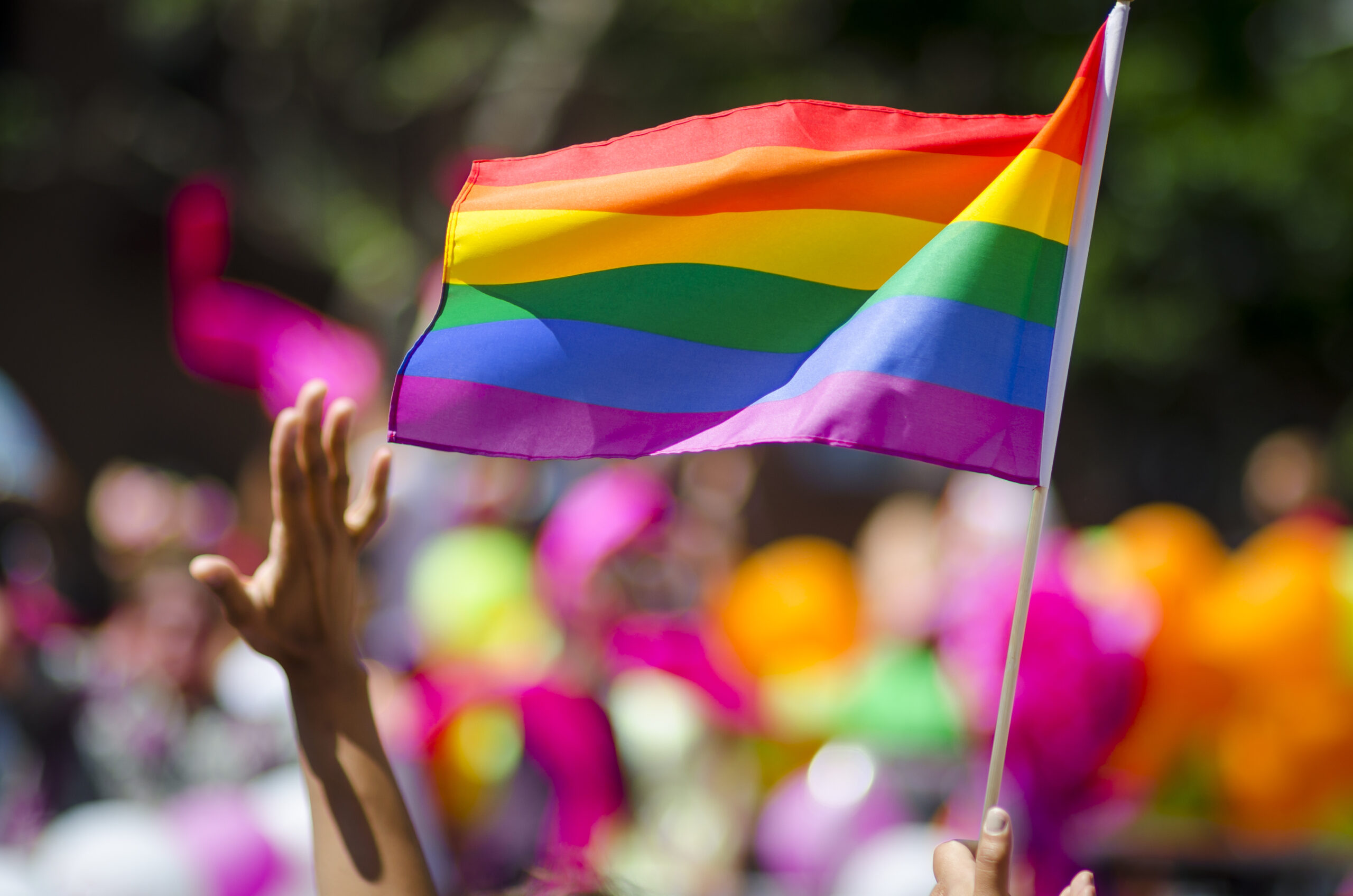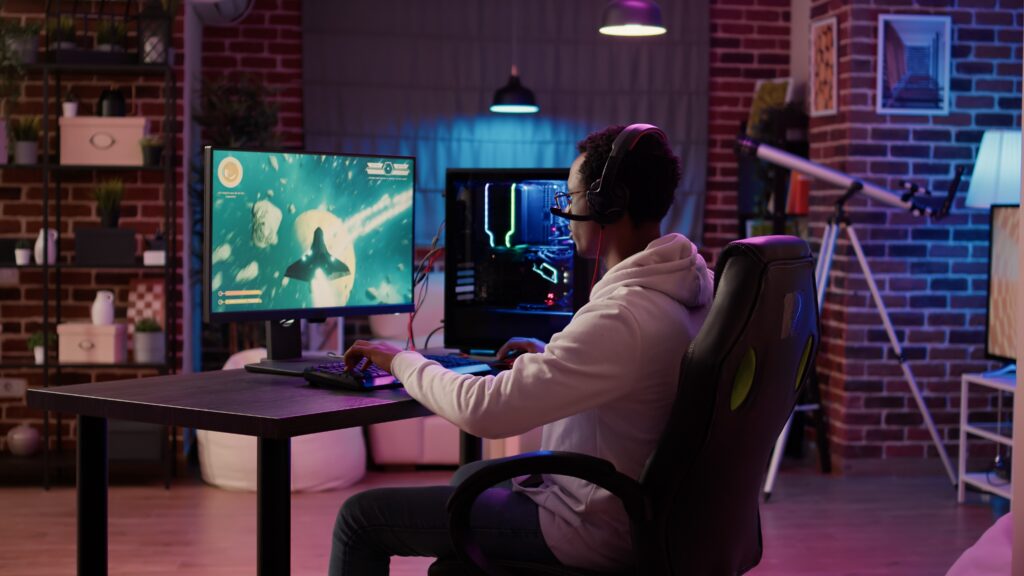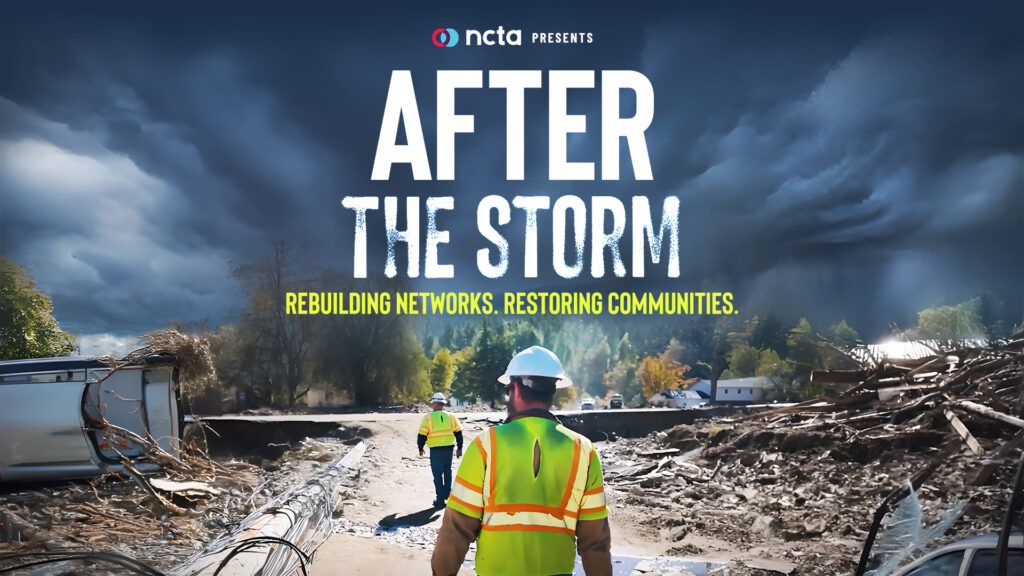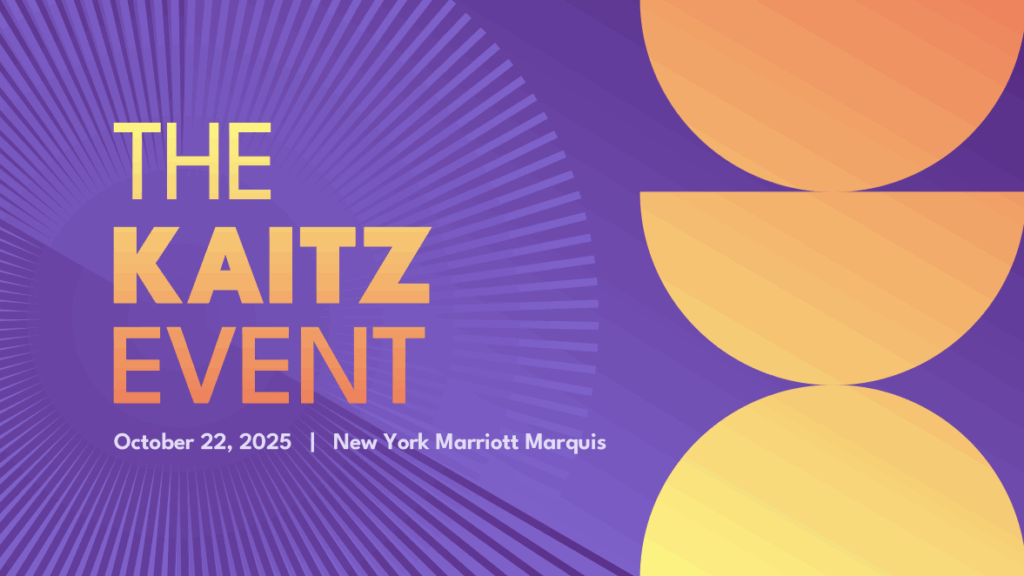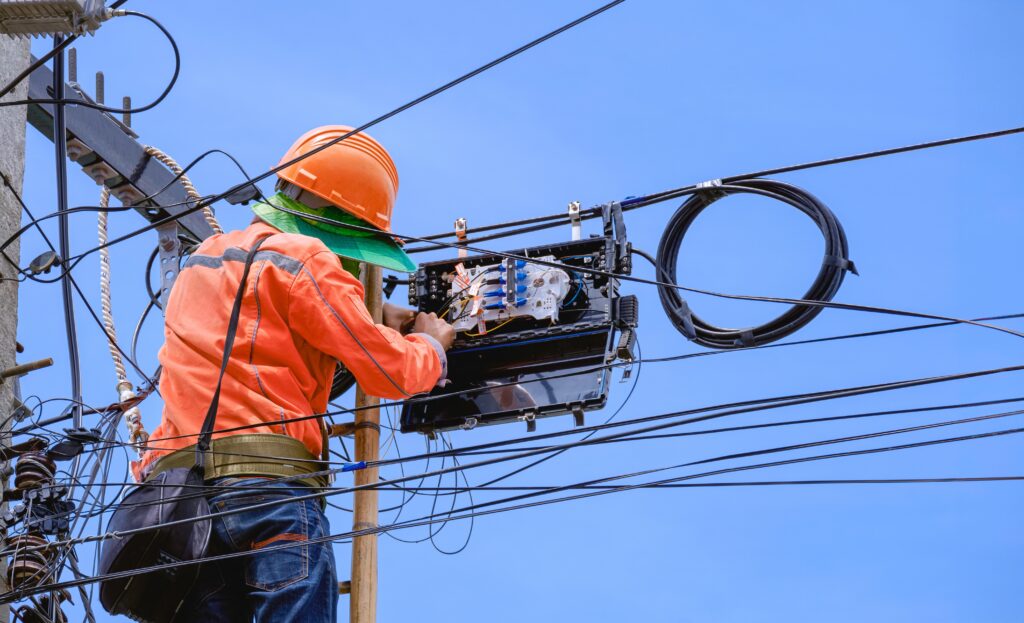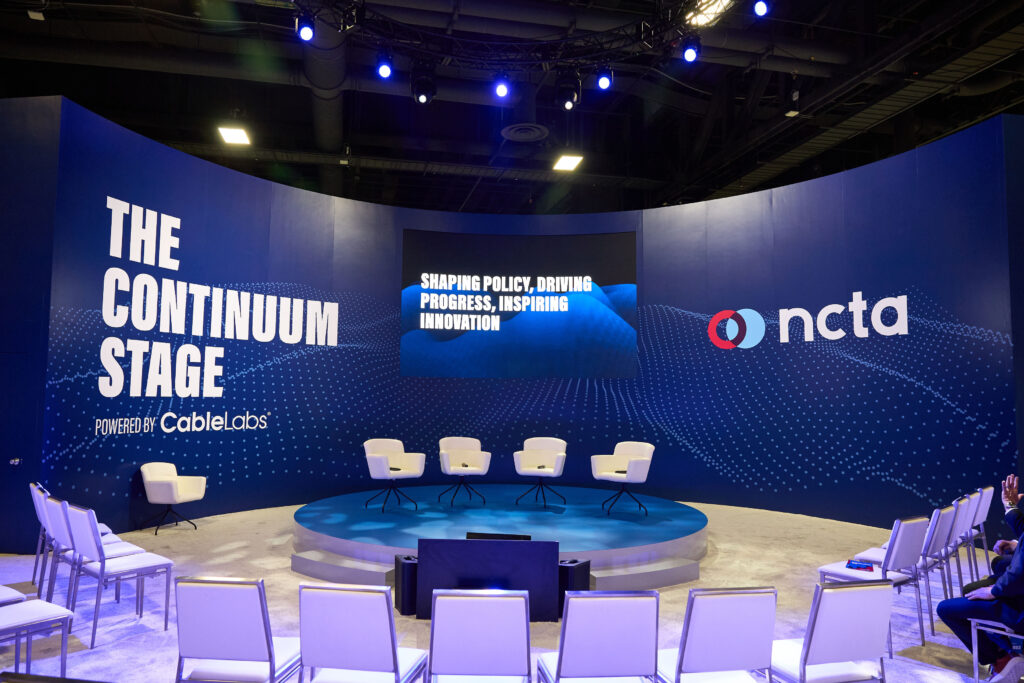June is LGBTQ pride month, a time to celebrate and reflect on progress made for LGBTQ people and a time to take a look at where things could be better. Over the last 25 years, GLAAD, a nonprofit that advocates for better LGBTQ representation in the entertainment world, has tracked the number of LGBTQ characters on TV. In that time, the amount of representation on screen has expanded far beyond those first years. That progress of getting LGBTQ characters on screen is an important step, but only the first one in creating a space for authentic queer stories. GLAAD has issued challenges to the TV industry to encourage stories that are as diverse as the LGBTQ community itself, and to which cable programming has repeatedly risen to the challenge again and again. This year’s “Where We Are on TV” report, released in January, includes follow ups from previous years’ challenges.
GLAAD reports that, for the first time in the history of the survey, over half of LGBTQ characters on cable television are people of color, meeting GLAAD’s challenge from the 2020 survey. That comes after years of cable networks leading the way for the number of queer characters compared to broadcast and streaming. This year, cable networks count 118 regular and returning LGBTQ characters, a slight dip from last year’s 215, a dip that was largely created when some shows were forced to halt production due to the COVID-19 pandemic.
The survey also notes that a handful of showrunners account for about 17% of the queer roles on TV, but GLAAD Chief Content Officer Rich Ferraro sees that as a big improvement and an opportunity for the industry moving forward. Earlier this year at the CultureX Conversations, Ferraro noted that, “those folks (Lena Waithe, Sean Berlanti, Ryan Murphy and Shonda Rhimes) they tell amazing stories, not only about LGBTQ people but about all diverse communities. And they’re the leaders in the business, so the fact that they prioritize and include LGBTQ and other diverse audiences is a message to anyone who wants to work with them, any networks that want to work with them, or any creators that want to become the next Ryan Murphy or Shonda Rhimes, is that diversity leads to earned media, it earns buzz, and it’s a priority for these icons and titans of the industry.”
The LGBTQ characters currently on TV are also dynamic and varied, running the gambit from a pansexual cisgender man (David Rose in “Schitt’s Creek”) to a chosen family of transwomen leading vibrant and complicated lives (House of Evangelista in “Pose”). When once upon a time, conventional wisdom held that queer characters were controversial and might scare away viewers and advertisers, the success of shows like “Pose” or “Schitt’s Creek” proves that expanding the voices in media is a recipe for success.
“LGBTQ-inclusive shows dominated the conversation in 2020, with series like ‘Schitt’s Creek,’ ‘Batwoman,’ ‘The Haunting of Bly Manor,’ ‘Veneno,’ ‘She-Ra and the Princesses of Power,’ and others celebrating high viewership, critical acclaim, and passionate fanbases,” said Megan Townsend, GLAAD’s director of entertainment research & analysis.
Today, TV audiences have more options than ever before, and authentic diverse stories have proven to make successful and captivating television that portray characters of all types of identities and backgrounds. As the years goes on, expect new boundaries to be pushed and for more representative media to step up. Progress marches on.

